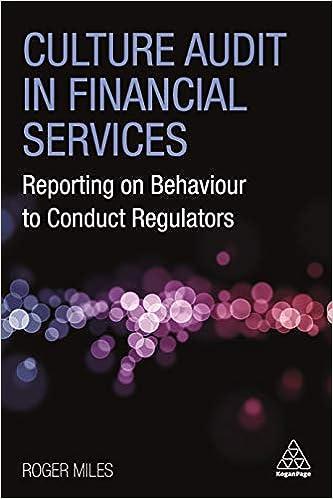 Year 1 Year 2 Year 3 Year 4 Year 5 Year 6 Year 7 Year 8 Year 9 Year 10 Abandonment values $62,000 $57,000 $51,800 $45,800 $39,800 $33,000 $25,700 $17,800 $9,200 $0
Year 1 Year 2 Year 3 Year 4 Year 5 Year 6 Year 7 Year 8 Year 9 Year 10 Abandonment values $62,000 $57,000 $51,800 $45,800 $39,800 $33,000 $25,700 $17,800 $9,200 $0
You are considering a 10-year investment project. At present, the expected cash flow each year is $10,000. Suppose, however, that each year's cash flow is normally distributed with mean equal to last year's actual cash flow and standard deviation $1000. For example, suppose that the actual cash flow in year 1 is $12,000. Then year 2 cash flow is normal with mean $12,000 and standard deviation $1000. Also, at the end of year 1, your best guess is that each later year's expected cash flow will be $12,000. Round all your answers to a whole dollar amount. a. Estimate the mean and standard deviation of the NPV of this project. Assume that cash flows are discounted at a rate of 10% per year. Mean Standard deviation b. Now assume that the project has an abandonment option. At the end of each year you can abandon the project for the value given in the file P16_52.xlsx. For example, suppose that year 1 cash flow is $4000. Then at the end of year 1, you expect cash flow for each remaining year to be $4000. This has an NPV of less than $62,000, so you should abandon the project and collect $62,000 at the end of year 1. Estimate the mean and standard deviation of the project with the abandonment option. Mean Standard deviation How much would you pay for the abandonment option? (Hint: You can abandon a project at most once. So in year 5, for example, you abandon only if the sum of future expected NPVs is less than the year 5 abandonment value and the project has not yet been abandoned. Also, once you abandon the project, the actual cash flows for future years are zero. So in this case the future cash flows after abandonment should be zero in your model.) You are considering a 10-year investment project. At present, the expected cash flow each year is $10,000. Suppose, however, that each year's cash flow is normally distributed with mean equal to last year's actual cash flow and standard deviation $1000. For example, suppose that the actual cash flow in year 1 is $12,000. Then year 2 cash flow is normal with mean $12,000 and standard deviation $1000. Also, at the end of year 1, your best guess is that each later year's expected cash flow will be $12,000. Round all your answers to a whole dollar amount. a. Estimate the mean and standard deviation of the NPV of this project. Assume that cash flows are discounted at a rate of 10% per year. Mean Standard deviation b. Now assume that the project has an abandonment option. At the end of each year you can abandon the project for the value given in the file P16_52.xlsx. For example, suppose that year 1 cash flow is $4000. Then at the end of year 1, you expect cash flow for each remaining year to be $4000. This has an NPV of less than $62,000, so you should abandon the project and collect $62,000 at the end of year 1. Estimate the mean and standard deviation of the project with the abandonment option. Mean Standard deviation How much would you pay for the abandonment option? (Hint: You can abandon a project at most once. So in year 5, for example, you abandon only if the sum of future expected NPVs is less than the year 5 abandonment value and the project has not yet been abandoned. Also, once you abandon the project, the actual cash flows for future years are zero. So in this case the future cash flows after abandonment should be zero in your model.)
 Year 1 Year 2 Year 3 Year 4 Year 5 Year 6 Year 7 Year 8 Year 9 Year 10 Abandonment values $62,000 $57,000 $51,800 $45,800 $39,800 $33,000 $25,700 $17,800 $9,200 $0
Year 1 Year 2 Year 3 Year 4 Year 5 Year 6 Year 7 Year 8 Year 9 Year 10 Abandonment values $62,000 $57,000 $51,800 $45,800 $39,800 $33,000 $25,700 $17,800 $9,200 $0 





